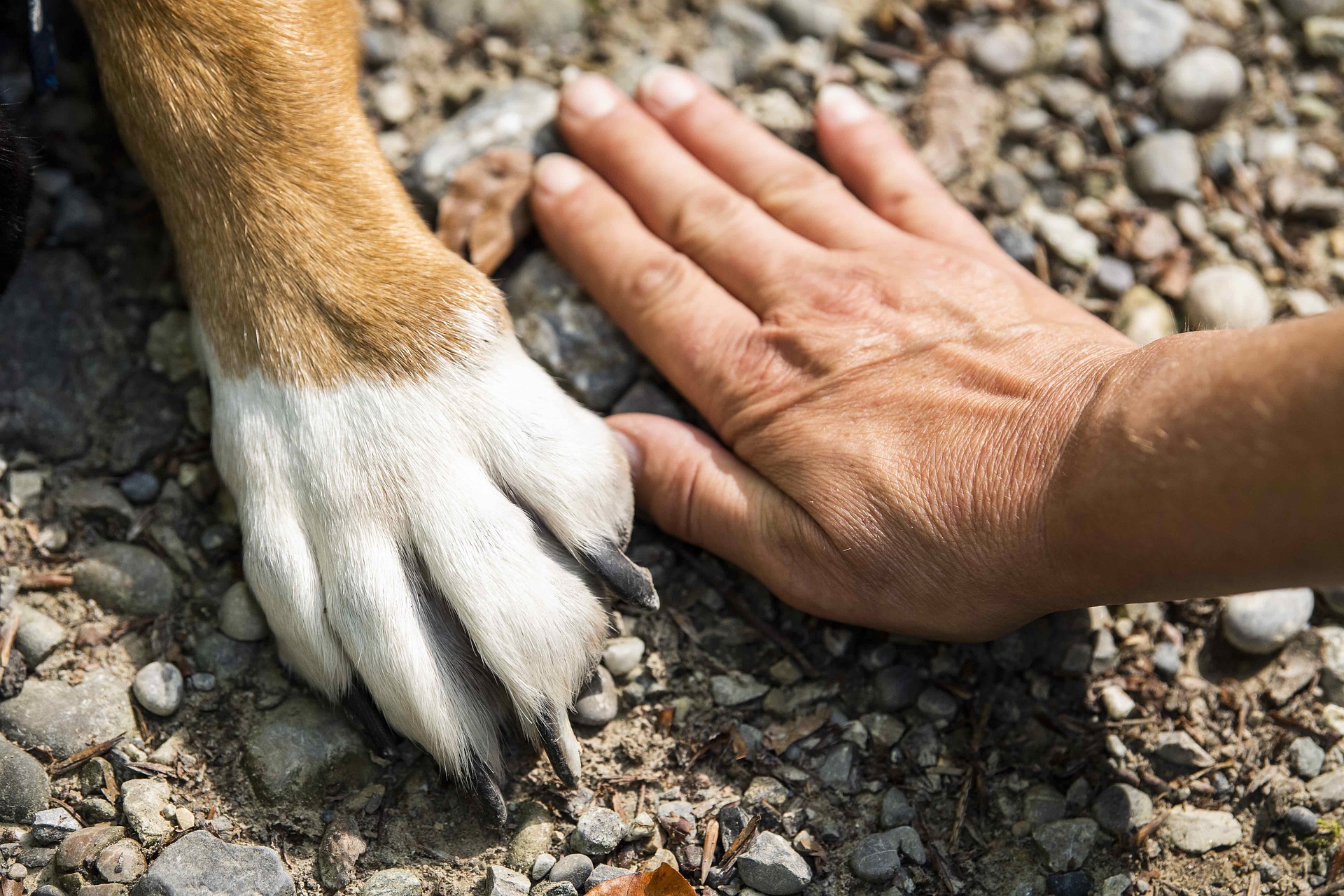Paw Pads: The Hidden Marvels of Animal Anatomy
The intricate world of animal anatomy holds countless wonders, but few are as fascinating and functionally diverse as paw pads. These often-overlooked structures play a crucial role in the lives of countless species, from household pets to wild predators. Join us as we explore the remarkable adaptations, surprising capabilities, and hidden complexities of paw pads across the animal kingdom.

The Evolution of Paw Pads
Paw pads have a long evolutionary history, dating back to the early days of terrestrial vertebrates. As animals transitioned from aquatic to land-based environments, their limbs adapted to support their weight and facilitate movement on solid ground. Over millions of years, these adaptations led to the development of specialized structures like paw pads.
In mammals, paw pads evolved as a means of protecting the delicate bones and joints of the feet while providing traction and sensory input. Different species developed variations in pad structure and composition to suit their specific environmental needs and locomotor styles. For instance, desert-dwelling animals often have thicker, more insulating pads to protect against hot sand, while arboreal species may have more flexible pads for gripping branches.
The Anatomy of Paw Pads
At first glance, paw pads may appear simple, but their structure is remarkably complex. Typically, a paw pad consists of several layers, each serving a specific purpose:
-
Epidermis: The outermost layer, composed of tough, keratinized skin that provides protection and durability.
-
Dermis: A layer rich in blood vessels and nerve endings, crucial for temperature regulation and sensory perception.
-
Subcutaneous tissue: A layer of fat and connective tissue that acts as a shock absorber and provides insulation.
-
Digital cushions: Specialized fat pads that further absorb impact and provide additional cushioning.
The specific arrangement and composition of these layers can vary significantly between species, reflecting their unique adaptations and lifestyles.
Remarkable Functions of Paw Pads
Paw pads serve a multitude of functions that go far beyond simple cushioning. Here are some of the most remarkable:
-
Traction and grip: The textured surface of paw pads provides excellent traction on various terrains, allowing animals to move confidently across different surfaces.
-
Shock absorption: The layered structure of paw pads helps absorb the impact of running and jumping, protecting the bones and joints from excessive stress.
-
Thermoregulation: The blood vessels in paw pads can dilate or constrict to help regulate body temperature. This is particularly important for animals in extreme environments.
-
Sensory perception: Packed with nerve endings, paw pads serve as highly sensitive tactile organs, allowing animals to gather information about their environment.
-
Silent movement: The soft, padded surface of paw pads enables many predators to move silently, a crucial advantage when stalking prey.
Paw Pad Adaptations Across Species
The diversity of paw pad adaptations across the animal kingdom is truly astounding. Let’s explore some unique examples:
-
Polar bears: These Arctic dwellers have paw pads covered in small, soft papillae that provide exceptional grip on ice and help distribute their weight to prevent breaking through thin ice.
-
Camels: Adapted for desert life, camel paw pads are wide and flat, spreading their weight over a larger area to prevent sinking into soft sand.
-
Raccoons: Known for their dexterity, raccoons have highly sensitive paw pads that allow them to manipulate objects with great precision, even underwater.
-
Cats: Feline paw pads contain scent glands that leave behind pheromones, marking territory and communicating with other cats.
-
Tree frogs: While not mammals, many tree frog species have specialized toe pads with microscopic structures that enable them to cling to smooth surfaces, even upside down.
Paw Pad Care and Health
For pet owners, understanding paw pad health is crucial. These vital structures can be prone to injuries and conditions that affect an animal’s overall well-being. Common issues include:
-
Burns and abrasions: Hot pavement, rough terrain, or chemical exposure can damage paw pads.
-
Frostbite: In cold climates, prolonged exposure to ice and snow can lead to frostbite on paw pads.
-
Hyperkeratosis: An overgrowth of the outer layer of the paw pad, often seen in older dogs.
-
Infections: Bacterial or fungal infections can occur, especially if the paw pad is injured or constantly moist.
Regular inspection and proper care of paw pads are essential for maintaining an animal’s mobility and comfort. This may include using protective booties in extreme weather, applying moisturizing balms, and promptly addressing any injuries or abnormalities.
The Future of Paw Pad Research
As our understanding of paw pad biology grows, so too does the potential for practical applications. Researchers are exploring ways to mimic the remarkable properties of paw pads in various fields:
-
Biomimetic robotics: Engineers are developing robot feet inspired by animal paw pads to improve mobility and traction in challenging environments.
-
Medical adhesives: The adhesive properties of some paw pads, like those of tree frogs, are inspiring new types of surgical glues and bandages.
-
Footwear design: Innovations in shoe soles based on paw pad structures could lead to improved grip and comfort for humans.
-
Conservation tools: Understanding the unique adaptations of endangered species’ paw pads can inform conservation efforts and habitat management strategies.
As we continue to unravel the mysteries of paw pads, we gain not only a deeper appreciation for the wonders of animal adaptation but also valuable insights that could shape future technologies and conservation practices. These remarkable structures, often overlooked, truly exemplify the incredible diversity and ingenuity found in nature.





